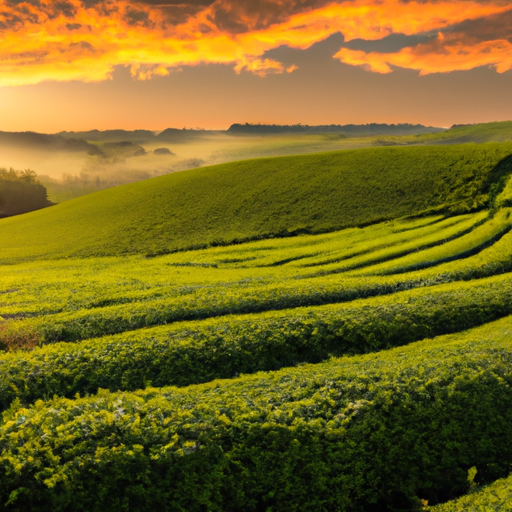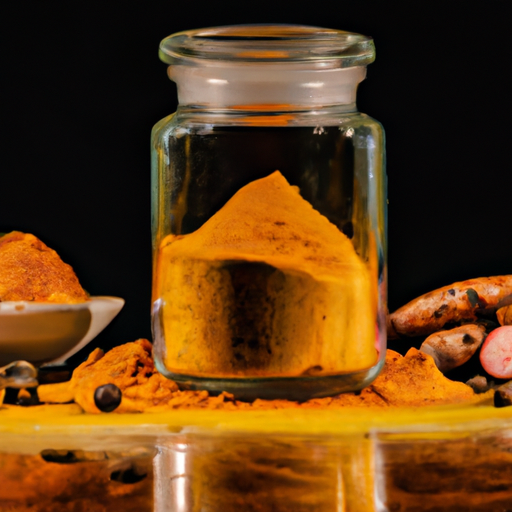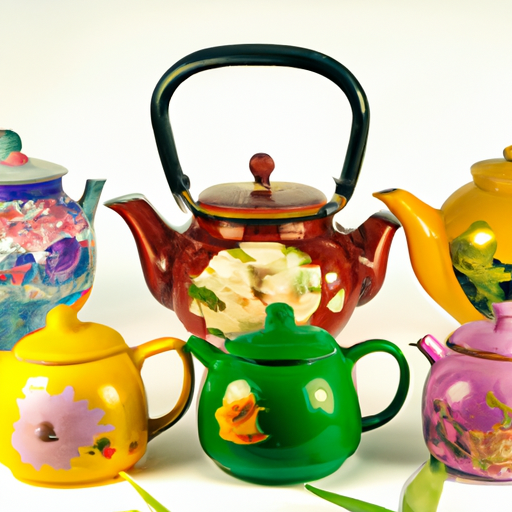I never thought it would be possible to grow tea in Canada, with its harsh winters and unpredictable weather. But then I stumbled upon a green tea plant thriving in a local greenhouse, defying all odds. Intrigued and inspired, I decided to give tea growing a try myself. After all, if it could survive here, why couldn’t I?
Teafarm, located in Vancouver Island, British Columbia, shared their experiences with growing tea in Canada, which further fueled my curiosity. Armed with their knowledge, I carefully placed my tea plant in a small greenhouse, ensuring it would receive ample sunlight and the acidic soil it craved. I even made plans to bring it indoors during the winter, to protect it from the harsh elements.
Sadly, despite my best efforts, my tea plant did not survive. However, this setback hasn’t deterred my enthusiasm. I’ve discovered that Phoenix Perennials in Vancouver sells tea plants and ships them across the country. And just recently, a nearby greenhouse had tea plants in stock again for the season.
It seems that there is a growing interest in growing tea in Canada, and I’m here to share with you the conditions, challenges, and tips I’ve learned along the way. So, if you’re as intrigued as I am about cultivating this ancient beverage on Canadian soil, read on and let’s embark on this tea-growing adventure together.
Key Takeaways
- Tea was successfully grown in a local greenhouse in Canada, defying expectations.
- The growing conditions for tea in Canada are challenging due to harsh winters.
- Tea plants require ample sunlight and acidic soil to thrive.
- Proper winter care and organic pest control methods are important for successful tea plant growth in Canada.
Growing Conditions
I’m nervous about the growing conditions for tea in Canada, especially considering our harsh winters. However, I’ve learned that it’s not impossible to grow tea here.
One important factor for tea plant growth is sunlight. Tea plants thrive in areas with plenty of sunlight, so it’s crucial to provide them with sufficient light.
Another key aspect is maintaining acidic soil. Tea plants require acidic soil to grow, so it’s important to monitor the pH levels and make adjustments if necessary. One technique for maintaining acidic soil is to incorporate organic matter such as compost or peat moss into the soil. Additionally, using fertilizers specifically formulated for acid-loving plants can help maintain the acidity.
By taking these measures, it’s possible to create suitable growing conditions for tea plants in Canada.
Challenges and Tips
Despite the harsh winters, there are several challenges to consider when growing tea in Canada. One of the main challenges is providing proper winter care for the tea plants. During the colder months, it’s important to bring the plants indoors or provide them with adequate protection in a greenhouse. This can help protect them from the freezing temperatures and harsh winds.
Additionally, it’s crucial to monitor the moisture levels in the soil during winter, as excessive moisture can lead to root rot. Another challenge is dealing with pests that may attack the tea plants. Common pests include aphids, mites, and scale insects. Regularly inspecting the plants and using organic pest control methods can help prevent infestations.
Overall, successful tea cultivation in Canada requires careful attention to winter care and pest management.
Where to Buy
Having heard that Phoenix Perennials in Vancouver sells tea plants and ships them across the country, I decided to give them a try. I was thrilled to find a wide selection of tea plants available, including different varieties of Camellia Sinensis. The staff at Phoenix Perennials were knowledgeable and provided helpful advice on growing tea in Canada. They explained the benefits of growing tea in Canada, such as the ability to control the quality of the tea and the satisfaction of growing your own beverage. They also recommended planting tea in the spring, as the plants prefer cooler temperatures and need time to establish their root system before winter. I purchased a tea plant and followed their instructions for planting and care. I’m hopeful that with their guidance, I will have success in growing tea in Canada.
| Benefits of growing tea in Canada | Best time to plant tea in Canada |
|---|---|
| – Control over tea quality | – Spring planting |
| – Satisfaction of growing own | – Cooler temperatures |
| beverage | – Establish root system |
Frequently Asked Questions
How long does it take for a tea plant to mature and produce harvestable tea leaves?
It takes at least 3 years for a tea plant to mature and produce harvestable tea leaves. Proper tea plant cultivation and maintenance, including providing acidic soil and ample sunlight, are essential for its growth and development.
Can tea plants survive Canadian winters if kept indoors?
Sure, tea plants can survive Canadian winters if kept indoors. However, outdoor cultivation in Canada poses challenges due to harsh winters. Indoor cultivation provides more control over temperature and protects the plants from extreme weather conditions, ensuring their survival and growth.
What are some common pests and diseases that tea plants in Canada are susceptible to?
Common pests and diseases that tea plants in Canada are susceptible to include aphids, scale insects, and fungal diseases like blight and gray mold. Pest management and preventive measures include regular inspection, proper watering, and using organic insecticides and fungicides.
Are there any specific techniques or strategies for pruning and shaping tea plants?
Pruning techniques and shaping strategies are essential for maintaining healthy and attractive tea plants. Proper pruning promotes new growth and helps control the plant’s shape. Regularly trim back any dead or overgrown branches to encourage a bushier and more manageable plant.
Are there any specific requirements for the soil pH and nutrient levels when growing tea plants in Canada?
Soil pH and nutrient requirements for growing tea plants in Canada are important factors to consider. Tea plants require acidic soil to thrive, with a pH range of 4.5 to 6.0. It is possible to grow tea plants outdoors in certain regions of Canada with the right soil conditions and care.










